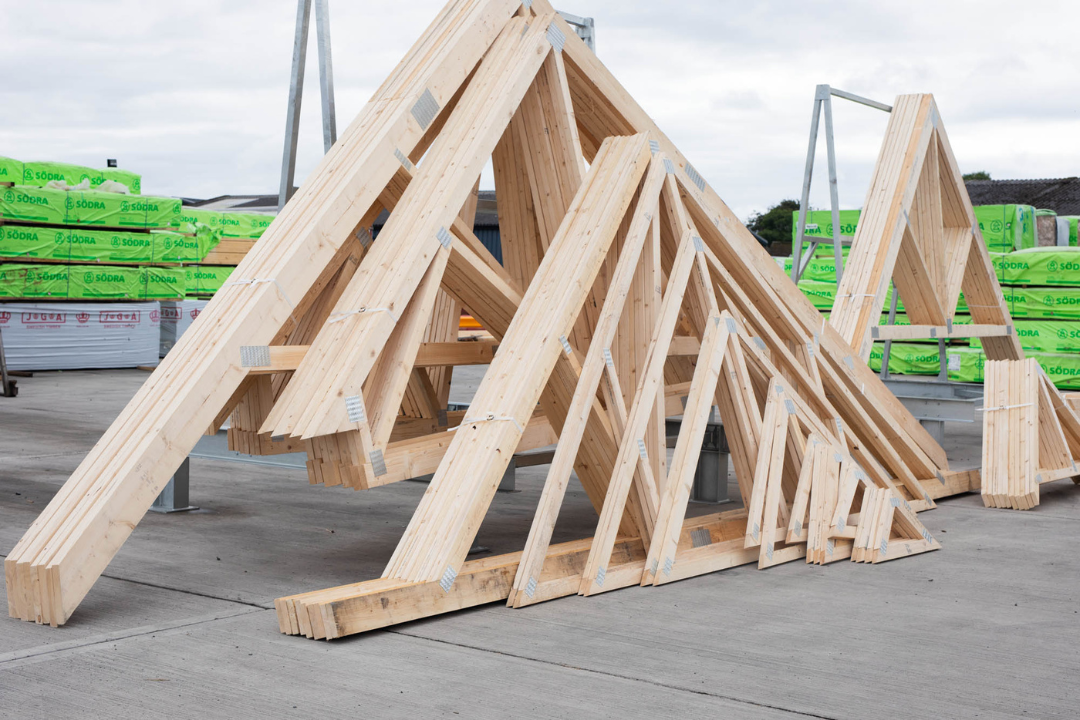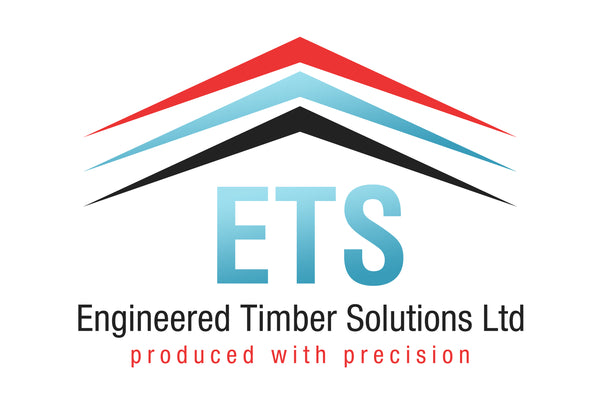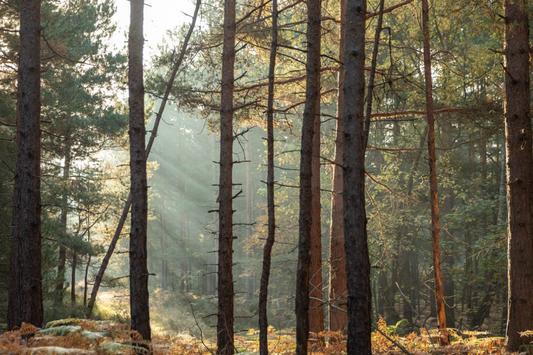
What is a Trussed Roof?
Share
In construction, a trussed roof is a type of roof with lightweight beams (trusses) supporting it. The use of trussed roofs continues to grow as builders find new ways to implement it in modern homes. Trussed roofs are also commonly used in commercial constructions such as warehouses, factories, and barns because they can support heavy loads while staying within building regulations on overhead height. In residential projects trussed roofs are great for garage conversions and room-in-the-roof projects. A trussed roof is ideal for anyone who wants an affordable, lightweight option that won’t need maintenance for decades. Learn more about this great construction concept in this article.
What is a Trussed Roof?
A trussed roof is generally lighter and more cost effective than other roof types. A truss is a triangular frame that connects two or more structural elements (such as rafters, joists, or beams), used to support the roof of a building or other structural overhead loads. A truss is composed of structural elements that are called members, chords, and/or bars.
Advantages of Trussed Roofs
There are many advantages to a trussed roof. However, one of the main advantages is its cost. A trussed roof is usually less expensive than other types of roofs, even those with comparable materials. Timber roof trusses can use up to roughly 40% less timber than traditional pitched roofs.
A trussed roof is also lighter than some other types of roofs such as steel only ones, so it takes less structural support to hold it up.
Trussed roofs are also very easy to maintain. Since they don’t have many moving parts, there isn’t much to do to keep them in good condition. They are also very easy to repair if something does break, since you can just replace the broken part rather than replacing the entire roof.
Trussed roofs are durable and long-lasting. If you choose high-quality materials like we do at ETS, your roof could last for decades without ever needing to be touched.
A timber trussed roof also has an advantage over steel trusses in particular in that if there is any damage it is easier to replace a smaller section of timber rather than having to probably replace more areas of a steel roof structure.
Disadvantages of Trussed Roofs
The main disadvantage of timber trussed roofs is durability. However, this needs to be taken in context. Yes, timber rots and can warp, particularly in extreme weather conditions, but a well-designed roof, using high quality timber could last for decades if not centuries. St Mary’s Church, Kempley has a roof (hidden above a 17th Century ceiling) that was built in the early 12th Century. This roof comprises of 16 roof trusses which were held together with collars and struts (Source English Heritage).
How to build a trussed roof?
The first step to creating a trussed roof is to determine the span of the roof. You should measure the distance from one truss to the next. This will tell you how much distance your trusses should span. Next, you need to choose your trusses. Most trusses are made from wood or steel, though there are also some synthetic options. Wood trusses tend to be more attractive. Finally, you need to install the trusses.
Of course, the easiest and most beneficial way to build a timber trussed roof is to ask one of our very experienced designers to help. We will design and deliver the trusses to the building site making your life much easier than trying to do it yourself.
Things to consider before building a trussed roof
There are a few things to consider before building a trussed roof: if you are building in an area that gets a lot of snow, you may want to consider a different type of roof. If you plan to build a trussed roof, you need to build it while standing on a platform above the roof. If you are installing a trussed roof that is taller than your local building regulations allows, you will need to get a special permit for it. Always check with your local council’s planning department before building a trussed roof.
In Summary
A trussed roof is a type of roof with lightweight beams (trusses) supporting it. A trussed roof is generally lighter and more cost effective than other roof types. It is ideal for anyone who wants an affordable, lightweight option that won’t need maintenance for decades. There are many advantages to this form of roof, including its cost, ease of maintenance, and durability.



